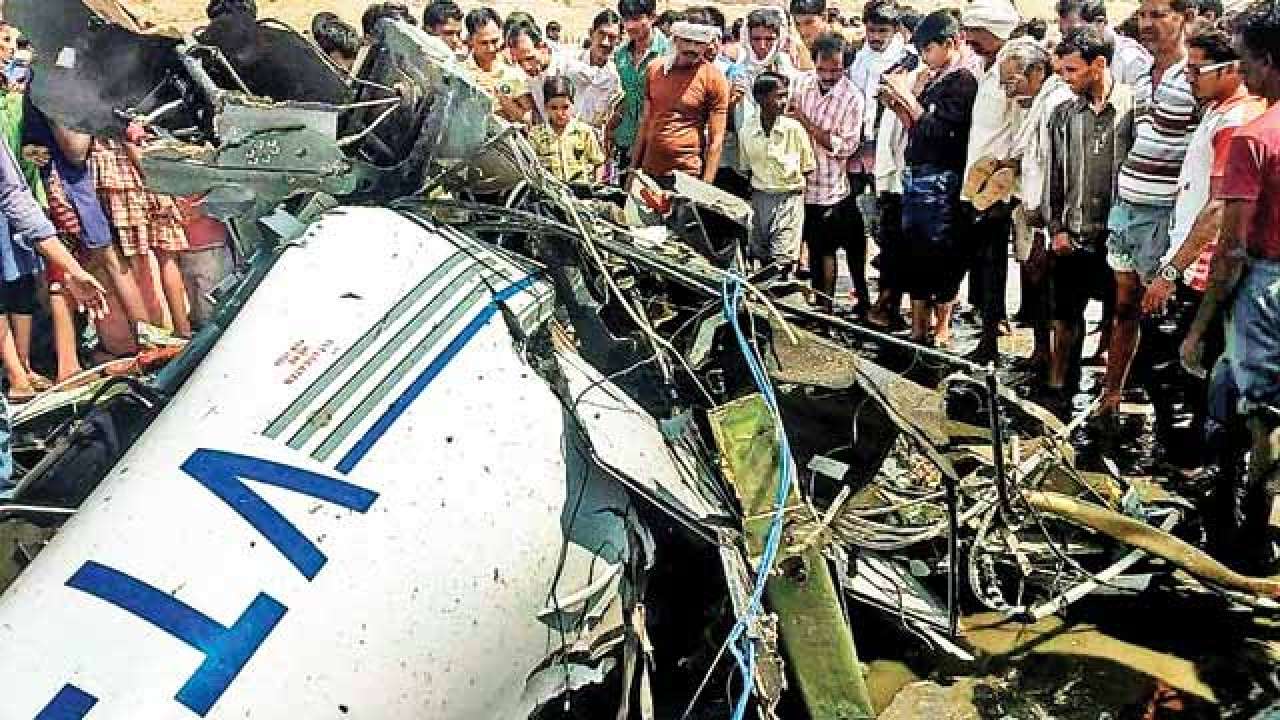
Gondia plane crash: aircraft reported wrong positions to air traffic control, followed wrong path
- Select a language for the TTS:
- UK English Female
- UK English Male
- US English Female
- US English Male
- Australian Female
- Australian Male
- Language selected: (auto detect) - EN
Play all audios:

The same was revealed in the investigation report into April 2017 plane crash that killed two crew members on board including a 24-year-old trainee pilot under the guidance of its
instructor. Trainee pilot and the instructor of an aircraft that crashed near Gondia district in Maharashtra last year did not follow the advised route by Air Traffic Control (ATC) and
reported wrong positions to ATC while flying towards the river. The same was revealed in the investigation report into April 2017 plane crash that killed two crew members on board including
a 24-year-old trainee pilot under the guidance of its instructor. The report also claimed a low level of flying to be another reason for the crash. The investigations concluded by the
committee of inquiry appointed by the Ministry of Civil Aviation (MoCA) that the aircraft was flying low over the river bed that resulted in the aircraft hitting a ropeway cable, and later
crashing down resulting in both the crew members losing their lives. The four-seater Diamond DA-42 aircraft, registration VT-NFM belonged to National Flying Training Institute took off from
Gondia Airport was involved in the accident on April 26, 2017. The two crew members included Himani Kalyani, trainee pilot and instructor Captain Raman Gupta. The report prepared by the
committee of inquiry states, "The aircraft took off from runway 04 RWY 04, and aircraft climbed to a height of 2500 feet and turned left at 04 nautical miles. The aircraft did not
follow the route advised by ATC and reported wrong positions to ATC while flying towards the river. The aircraft joined the river course at about 03 km from the crash site and flew low over
the river before hitting the ropeway cable." The report further states, "From the wreckage examination, it can be presumed that aircraft hit the ropeway cable in a level attitude.
The cable sliced the canopy and vertical stabilizer while fatally injuring the crew. The aircraft then pitched down and banked to the left." The report also highlights that flight data
analysis of flights operated by deceased instructor revealed that instructor was involved in a few cases of low flying, breach of assigned level during the last sorties of some student
pilots. However, none of the student pilots reported instances of dangerous flying by the deceased instructor. The report also suggests that ATC should monitor aircraft continuously. This
as the report notes, "ATC called the aircraft to advise traffic, however, the crew did not copy back or give confirmation and there was no further call from ATC either. ATC did not take
any action when the aircraft did not acknowledge its call and did not report normal operations every 10 minutes as advised." Meanwhile, the committee has also concluded recommending
that operator should measure and ensure improvement in awareness and willingness of its staff to report hazards and safety issues, without any fear or hesitation along with all flying
training organisations should devise method for random or periodic monitoring of flights to check it flight path flown by their trainee pilots and instructors are, as per flight
authorisation.
